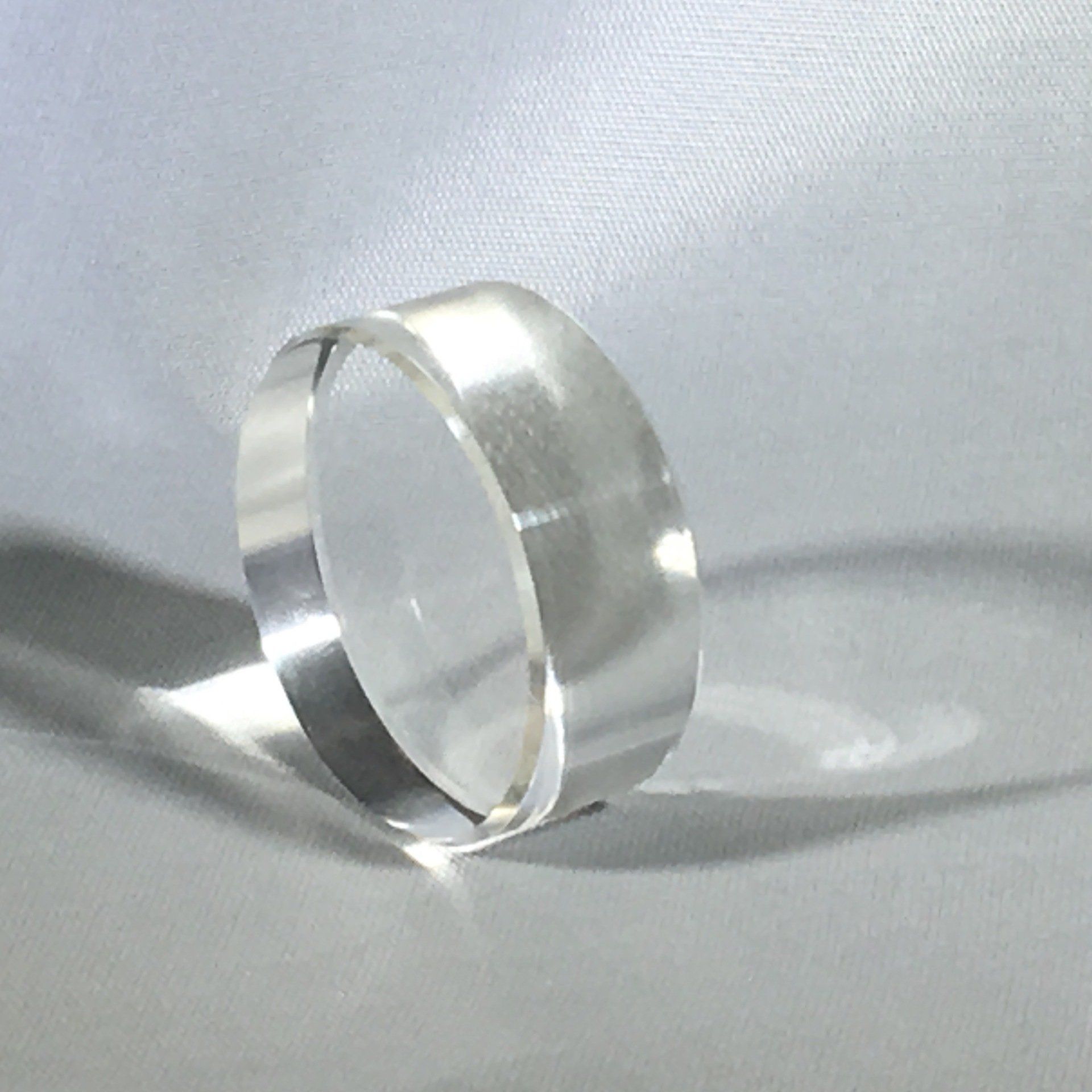All About Aspheric Lenses
In the field of optics, aspheric lenses are gaining in popularity. This is because they offer many advantages over traditional spherical lenses. In this article, we will discuss what aspheric lenses are and how they differ from spherical lenses. We will also explore the benefits of using aspheric lenses in optical systems.
What Is An Aspheric Lens?
Aspheric lenses are lenses with a non-spherical surface. This means that the lens is not curved in a perfect circle. Instead, it has an irregular shape. The advantage of this is that aspheric lenses can correct for spherical aberration. Spherical aberration is a type of distortion that occurs when light passes through a spherical lens. This distortion can cause images to appear blurred. By using an aspheric lens, this distortion can be corrected.
Aspheric lenses allow optical engineers to correct aberrations using fewer components than spherical optics since the former provides greater aberration correction than multiple surfaces of the latter. Given this, many spherical lenses may be replaced with smaller amounts of aspheric ones to achieve comparable or superior optical outcomes while reducing system size, simplifying the manufacturing procedure, and producing imaging lenses that are less expensive and outperform traditional spherical component assemblies.
Costs And Benefits Of Using Aspheric Lenses.
Aspheric lenses are not without their drawbacks, however. Aspheric lenses are more difficult to produce using conventional fabrication processes such as grinding and polishing since aspheric lens components are more intricate than spherical ones. As a result, aspheric lenses had not been widely used until recently.
Nowadays, aspheric lenses may be created by the glass molding technique: a preform or near-net-shape glass is fed into heated molds within a molding machine, pressed between two mold halves, and then cooled and released from the molds. Glass molding is an efficient way to create complex shape accurate optical components at high efficiency. The cost of each lens produced using this method is less than that of standard aspherical manufacturing techniques, making it an excellent choice for high volume production.
The issue with glass molding is that the high temperatures required to soften the glass can easily damage the mold, which shortens its lifespan. Furthermore, since it takes time to heat and cool down the mold, this process is inefficient. Consequently, for a long time there has been a demand for optical glasses that have a low softening temperature so they can be molded more easily.
Glass material for molding has additional standards, such as transparency, scratch resistance, temperature stability in optical properties, and refractive index. Although plastic lenses are mass-produced at a lower cost, glass is better in terms of hardness, refractive index, light permeability, and stability to environmental changes such as temperature and humidity. In addition, it is important to provide a wide variety of glass materials for molding convenience to meet customers' needs.
Asphere Manufacturing Methods
There are four main methods of manufacturing aspheres: precision glass molding, precision polishing, diamond turning, and molded polymer aspheres.
Precision glass molding is a process where a piece of glass is heated and then formed into the desired shape. This method is typically used for small batch sizes or when intricate shapes are needed.
Precision polishing is a method where the asphere is created by grinding and then polishing the surface to achieve the desired shape. This method is typically used for larger batch sizes.
Diamond turning, or Single Point Diamond Turning (SPDT), is a process where a diamond-tipped tool is used to cut the asphere into the desired shape. This method is typically used for small batch sizes or when precision is critical.
Molded polymer aspheres are created by injection molding a piece of polymer into the desired shape. This method is typically used for larger batch sizes.
Visit Here for more information about Aspherical Lens manufacturing methods.
If you are designing an optical system, consider using aspheric lenses. They can provide superior performance at a lower cost than traditional spherical lenses.
Do you have any questions about aspheric lenses? Leave a comment below and we will try to answer them!
We have a simple promise to our customers: provide the highest quality product, turn it around fast, and do it at the lowest possible price. We offer customized pricing that meets your needs - not ours. Our management team has over 100 years of experience in the optical industry, and we’ll work hard every day to earn and keep your business. Your loyalty is our achievement.
Menu
STAY CONNECTED
Join our newsletter and find out more
Contact Us
We will get back to you as soon as possible
Please try again later
terms and conditions


